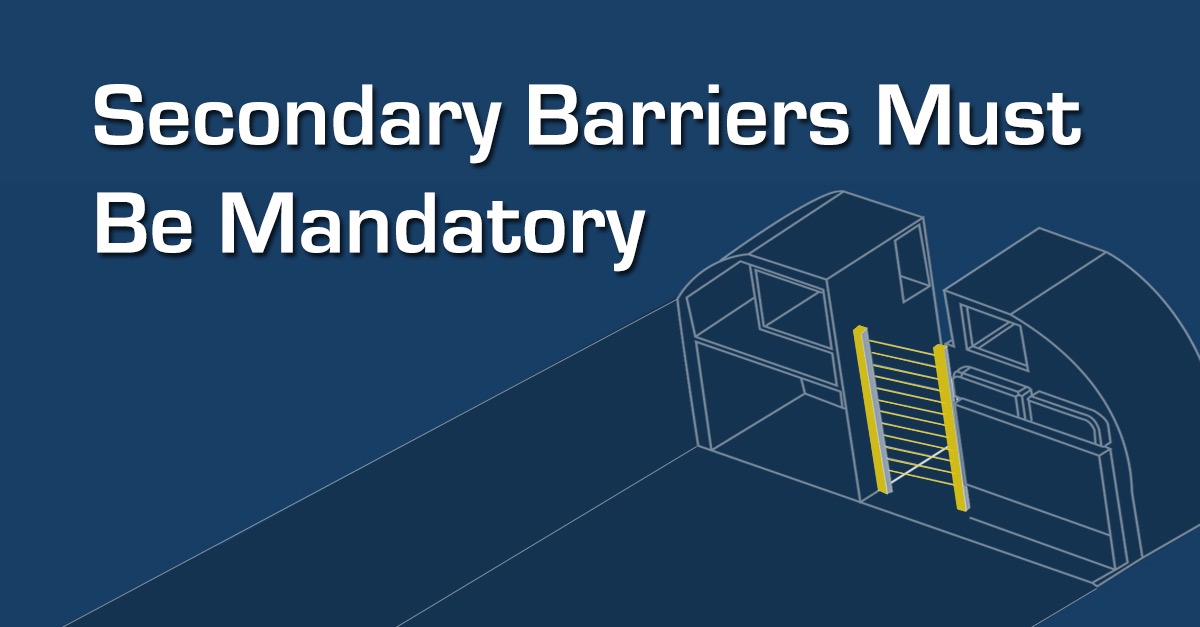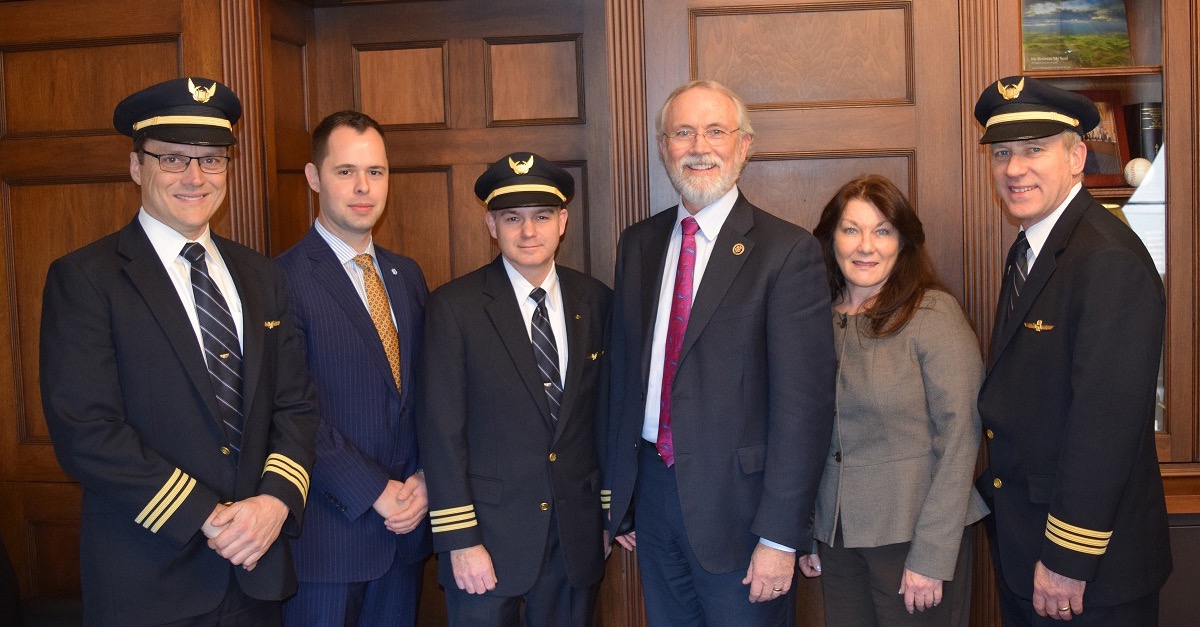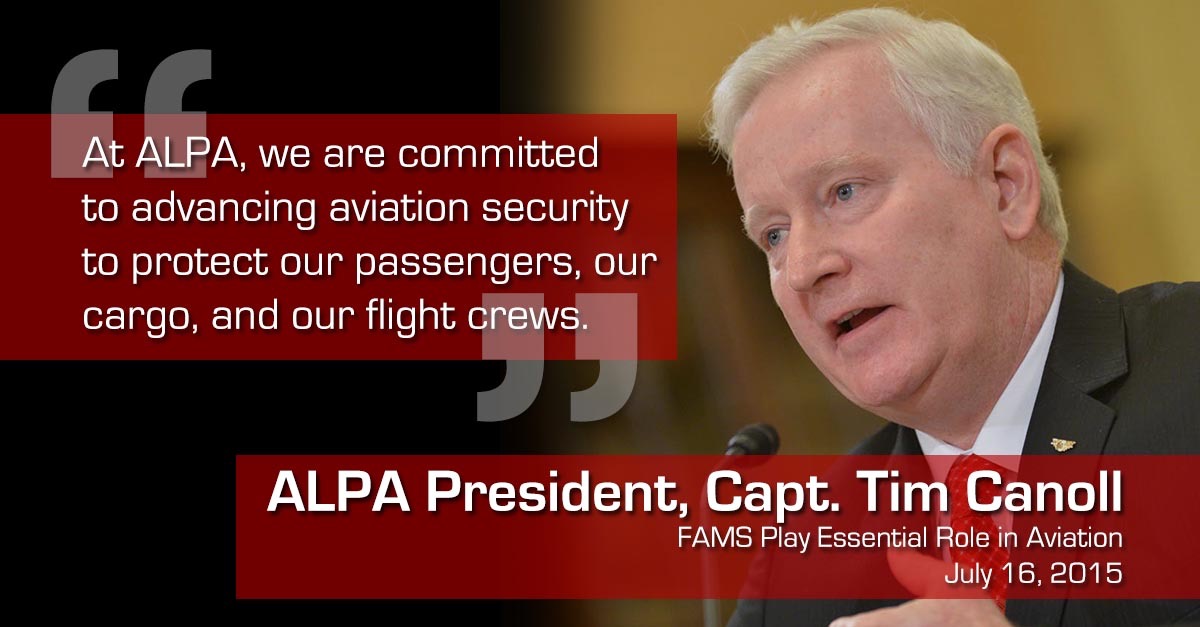Leadership From the Flight Deck
8 Results for Tag Secondary Barriers
By Captain Jerry Timmerman, Delta B737
Fifteen years ago, at the end of a prosperous decade, our planet was thrown into chaos when four U.S. passenger airplanes were hijacked and turned into missiles. Emotional, economic, and enduring scars from September 11th, 2001 are with us still. As a country, we vowed then to never let such a tragedy happen again, which is why we must mandate secondary barriers on all commercial passenger aircraft now.
In the immediate aftermath of the attacks, we upgraded our security systems. Cultural and physical changes were made, studied, adjusted, and re-implemented in order to create the risk-based, layered security approach we have now. Today, we have hardened cockpit doors, Transportation Security Officers at every entrance point, and the Federal Flight Deck Officers program, but we still lack one key layer in our aviation security structure: mandatory secondary barriers.
Categories: Pilot Partisan
Tags: Secondary Barriers
This week, United Airlines pilots took to Capitol Hill as part of ALPA’s efforts to mandate secondary barriers on passenger aircraft. Secondary barriers are lightweight devices that are easy to deploy and stow, installed between the passenger cabin and the cockpit door, that block access to the flight deck whenever the reinforced door is opened in flight.
After the attacks of 9/11, the U.S. Congress and the Canadian Parliament mandated that airlines replace standard cockpit doors with hardened doors on certain types of airliners. However, practical experience using these doors soon revealed a critical vulnerability—the reinforced door must be periodically opened during flight for pilots’ operational and physiological needs, which means they may be compromised by one or more terrorists who could rush the flight deck. To address this unintended security lapse, a secondary barrier was developed by airlines for use whenever the cockpit door is open during flight.
Government and industry studies have shown that secondary cockpit barriers are an effective, inexpensive way to protect our aircraft during flight when the cockpit door must be opened. The current alternative—a flight attendant acting as a human shield with or without a serving cart—is not an acceptable layer of security.
Categories: Advocacy, Pilot Partisan
Tags: Secondary Barriers
On July 16, I testified before members of the U.S. House Subcommittee on Transportation Security about our union’s support for the Federal Air Marshal Service (FAMS) as a key element in a multi-layered, risk-based approach to aviation security that also includes advancing the Federal Flight Deck Officer (FFDO) program and installing secondary cockpit barriers on passenger airliners.





